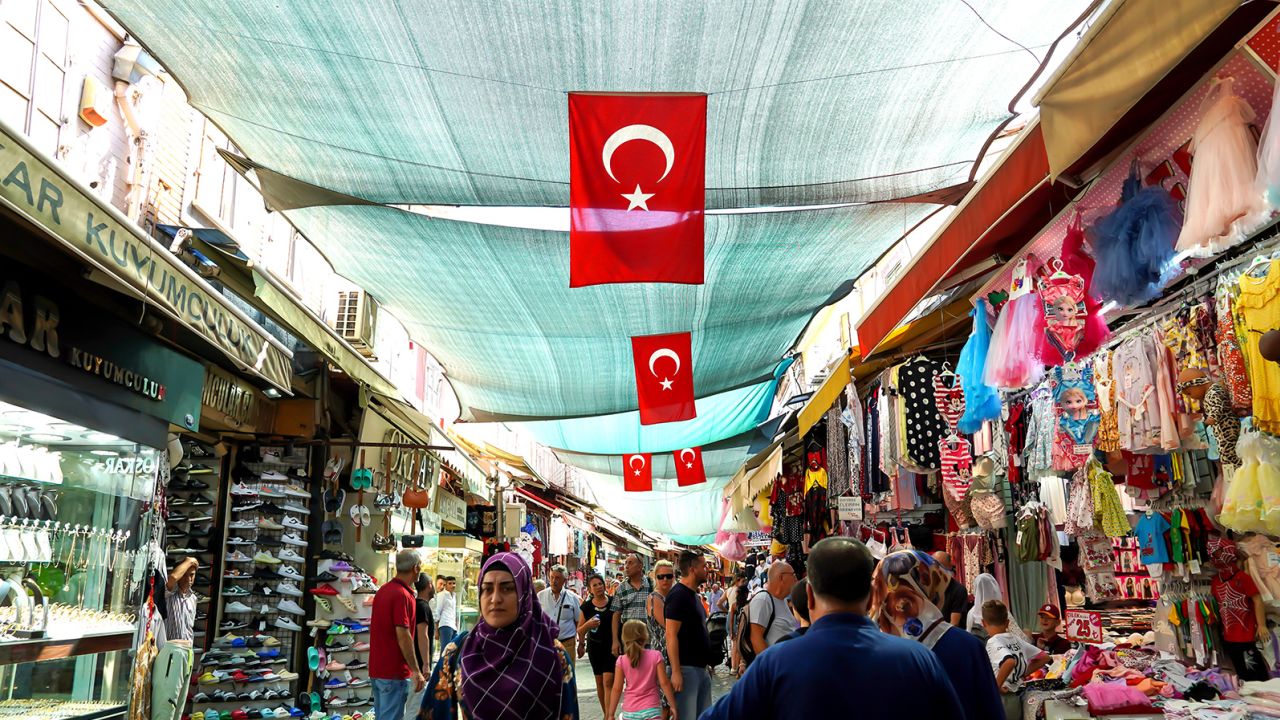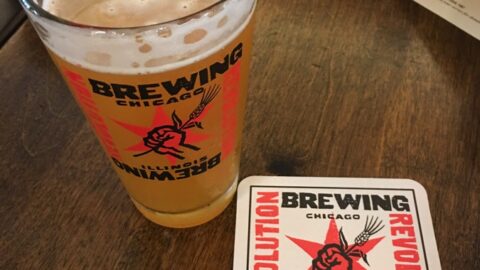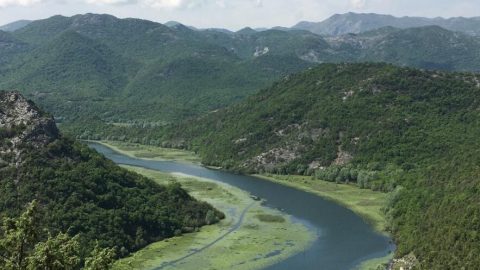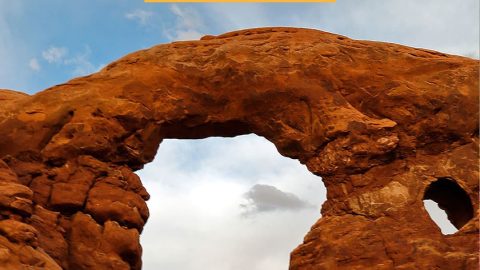At each destination, I’ve been through a 14-day quarantine and taken multiple Covid-19 tests. Spending weeks without stepping outside feels normal now, as does the tedious and onerous process of traveling during the pandemic.
Asia has largely managed to suppress the virus through these mandatory quarantines, strict international travel restrictions and aggressive contact tracing.
East and Southeast Asia comprise about a third of the global population and a small fraction of the world’s Covid deaths. In comparison, the US and Europe account for about 15% of the world’s population and have about half of the world’s Covid deaths.
But even within East Asia, I have had significantly different quarantine experiences, giving me a window into how governments are trying to quash outbreaks in their own ways.
Beijing
About two weeks after I visited, Beijing authorities announced an outbreak linked to the wholesale market, marking the capital’s second coronavirus wave. Shortly after that time, high government officials also declared “wartime mode” to quash the outbreak.
Authorities used geo-spatial data from people’s mobile phones to send text messages to many who visited the market, asking them to quarantine. Restrictions varied, depending on the neighborhood and building.

A city worker in protective gear arrived at Wang’s apartment to test her for the coronavirus.
Selina Wang/CNN
The friend who was with me at the market even had a sensor attached to her front door that notified her building whenever she opened it.
I was required to quarantine for at least 14 days and get two Covid tests. My apartment management made sure I never left my room, not even to enter spaces like my building’s elevator or lobby.
Near the beginning and end of my quarantine, a person in a hazmat suit showed up at my door to take a throat swab. Each time, the following day, I’d get a slip of paper under my door with the results. Twice a day, I’d report my temperature to my building.

Upon landing in Hong Kong, Wang was required to put on this bracelet.
Selina Wang/CNN
Hong Kong
I traveled to Hong Kong in early August, during the city’s “third wave.” Hong Kong’s borders have been closed to virtually all foreigners, except for the city’s residents and those coming from mainland China, Taiwan or Macau.
All travelers receive a wristband with a QR code on it at the airport. Once I arrived at my quarantine location, I had to pair my wristband with an app on my phone. Using data points like Wi-Fi, Bluetooth and GPS, the technology sends an alert to authorities if the wearer has left their quarantine location.
“The technology detects change of location instead of absolute whereabouts,” Chan told me.
Wearers are not allowed to take the wristband off for the full quarantine period. Breaking the rules comes at a steep price: people caught violating quarantine rules can be fined as much as $25,000 and imprisoned for six weeks.
Wearing the hospital-like bracelet for 14 days was a nuisance, and a bit uncomfortable while showering and sleeping.

Wang was one of the few passengers at Hong Kong International Airport.
Selina Wang/CNN
Near the end of my quarantine, I had to take another Covid test. The government gives people the option of having a friend drop off the Covid sample or paying to have an outside service make the delivery.
Despite sharing a land border with mainland China, Hong Kong has kept infections relatively low while avoiding extreme lockdown measures. It’s dealt with a few waves of the virus, but has never reported more than 150 cases a day, and in the past month daily reported infections have mostly stayed in single-digit levels.
Like in mainland China, the combination of strict borders and quarantine enforcement — paired with mask wearing and social distancing — has been effective.
Tokyo
Similar to my experience at the Hong Kong airport, I had to input numerous details about my travel history into an app and show a QR code to authorities at the airport. I also received a document asking me to “stand by at the specified location for 14 days”, “avoid contact with other people as much as possible” and “not use public transport.”

Wang was given this form upon arriving in Japan.
Selina Wang/CNN
Travelers must arrange their own private transport from the airport and declare a place where they will quarantine, but after that, there was no enforcement: No one checked up on me for temperature checks, no one made sure I stayed inside and no additional Covid test was needed before exiting quarantine.
Experts like Kenji Shibuya, director of the Institute of Public Health at King’s College London, said Japan’s relatively relaxed approach to Covid-19 increases the risk of a significant resurgence, especially as the country relaxes its border restrictions.
Japan has had one of the world’s strictest travel curbs in order to battle the pandemic, effectively banning entry by nearly all tourists and business travelers from more than 150 countries. Only in recent months has Japan started to slowly ease those rules.
“There is still community transmission. Japan needs to strengthen testing, isolating, contact tracing.” Shibuya said. “Right now, the system is not that strict.”
Though Japan never implemented a nationwide lockdown, it has managed to avoid an explosion in cases.
However, compared to China and Hong Kong, which have mostly reported single- or double-digit daily Covid cases over the last few months, Japan continues to report hundreds — and recently more than a thousand — of new infections every day.
Shibuya says Japan has avoided taking stronger measures, partly because of pressure to keep the economy afloat ahead of the delayed Olympics.
“They have to show they can suppress transmission in a way other Asian countries have done,” Shibuya said. “They need to stop it at the border and in the community — which Japan is not doing.”
Japanese law does not allow the government to enforce lockdowns.
Despite loose restrictions that make Japan’s Covid restrictions closer to those of the US or Western Europe, versus mainland China or Hong Kong, Japan has had fewer than 2,000 total reported Covid-19 deaths.
Because “societal pressure to follow rules is so immense,” the government does not need legal enforcement, according to Satoshi Hori, professor at Juntendo University and an infectious disease expert. The culture of wearing masks and cleanliness has helped as well, he said.
Hori also credits the relatively low numbers to Japan discovering early on that citizens should avoid the “Three Cs”: closed spaces with poor ventilation, crowded places and close-contact settings.
The takeaways
Traveling internationally during this global pandemic has been both exhausting and liberating. I’ve been reporting on the virus since it first emerged in China — when I was getting regular updates from my relatives near ground-zero of the pandemic in Hubei province — until now, when my worries have shifted to my family in the US.
All of us have experienced moments of paranoia, panic and frustration.
The ever-changing restrictions and guidelines from various countries are head-spinning. What’s become clear is that there is no magic solution to containing the virus before an effective vaccine is widely available.
Whether we live in a place with no restrictions, or we’re in a locked down area, all of us are learning to live with the threat of Covid possibly lurking within the next person we come into contact with.








Recent Comments